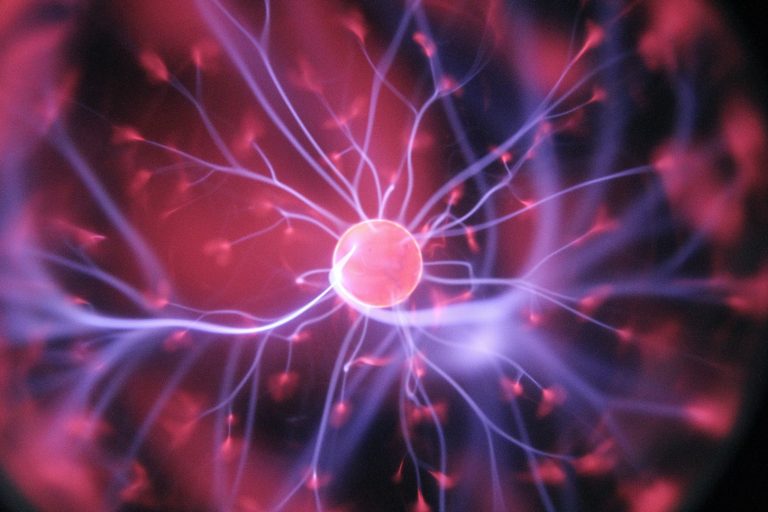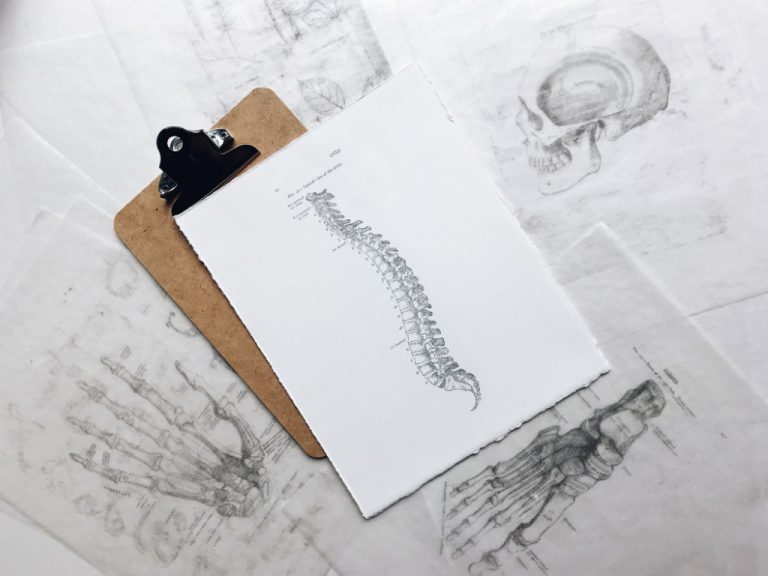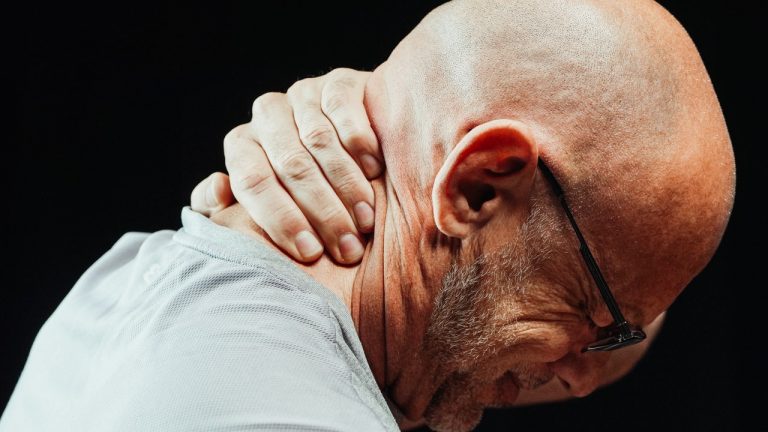The Different Kinds of Injury Rehabilitation
There are various kinds of injury rehabilitation that a patient can undergo after a traumatic incident. The three most common ones are sports injury rehabilitation, brain injury rehabilitation, and spinal cord injury rehabilitation.
Sports Injury Rehabilitation
Sports injury rehabilitation is something that athletes have to undergo to treat pain resulting from injury and to help their bodies get back to normal. Patients who undergo sports injury rehabilitation are given a course of treatment that focuses on strengthening and flexibility exercises. They are also given progressive exercises so that the injured body part can return to a fully functional state.
Sports injury rehabilitation is needed after injuries such as:
- Strains and sprains
- Muscle, tendon, and ligament tearing
- Tendonitis
- Bone dislocations
- Post-operative injury
- Muscoskeletal injuries
- ACL reconstruction
How does sports injury rehabilitation help?
There are different steps in sports injury rehabilitation that can aid in preventing further injury. Sports injury specialists initially make an assessment or diagnosis of what is needed before sports injury rehabilitation can begin. The first step towards treatment involves pain reduction to reduce the swelling of the injured area. After this, progressive reconditioning treatments will be prescribed that involves exercises for mobility, balance coordination, flexibility, strength, and training.
Sports injury rehabilitation is crucial for athletes to get back to their sports quickly and safely.
Brain Injury Rehabilitation
Traumatic brain injury can affect a patient’s way of thinking and moving. There are various brain faculties that can malfunction after a brain injury, that there is a myriad of treatments offered to help rehabilitate a patient. Almost every patient that has had a form of brain injury is recommended to undergo therapy that is specific to their needs in order to help them return to a normal way of living.
What happens during brain injury rehabilitation?
Doctors will order scans and tests to be done on a patient in order to determine which parts of the brain were affected by brain injury. Most of the time, a neuropsychologist is involved in the process so that the right treatment and rehabilitation program can be recommended for the patient.
Brain injury rehabilitation can take a few weeks to a few months, depending on how severe their injury was. However, there are some special cases that require years, or maybe even lifelong rehabilitation.
Most specialists recommend brain injury rehabilitation to begin immediately after an incident. On the other hand, there are some patients that would need to heal for months or years before they can undergo rehabilitation in order to improve their way of living.
Spinal Cord Injury Rehabilitation
A spinal cord injury is the most delicate and dangerous of all orthopedic injuries. A patient who ends up surviving it will need prolonged rehabilitation to prevent further complications and to help the return of physical functions.
Spinal cord injury rehabilitation employs the following people and approaches:
- A physical therapist focuses on getting back the functions of the lower extremities and help ease the difficulties in mobility.
- An occupational therapist may also be needed if there is any dysfunction in the upper extremities
- Rehabilitation nurses focus on dysfunctions of the bowels and the bladder
Spinal cord injury rehabilitation can be divided into two phases: acute and rehabilitation. The acute phase happens upon the acquisition of the injury, up until the patient is stabilized. The rehabilitation phase is during the patient’s treatment, up until he or she is able enough to move on his/her own.
The Acute Phase
During the acute phase of spinal cord injury rehabilitation, immediate medical attention should be given to a patient. The faster they are treated, the better their chances are of getting back to normal quickly. This phase is usually accompanied by spinal shock—also known as the stage wherein a patient’s reflexes doesn’t work properly, sometimes not at all. Prognosis is difficult to determine at this stage, as complications don’t usually manifest themselves immediately.
The Rehabilitation Phase
Once a patient is stabilized, they can now be recommended to undergo rehabilitation. The goal for the rehabilitation phase of spinal cord injury rehabilitation is to regain as much physical function to the patient as possible. Not all spinal cord injuries are the same, so doctors will give varying types of rehabilitation plans to patients.
For more information on various kinds of injury rehabilitation and what they entail, contact us.






